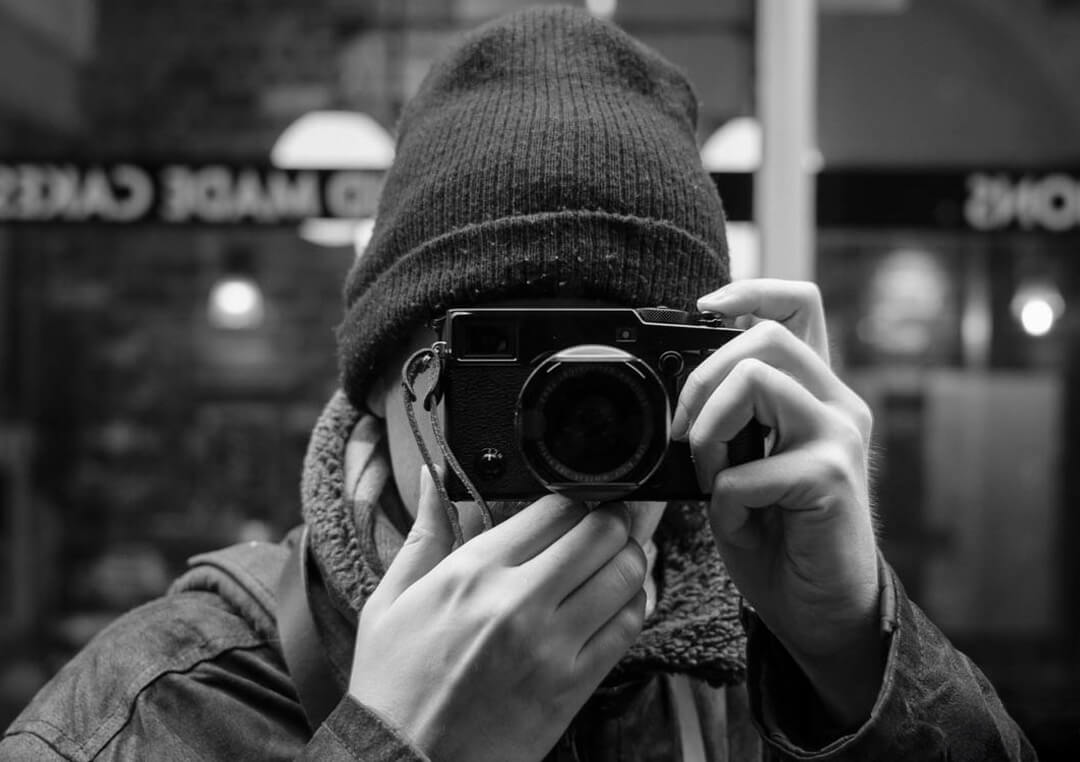
Lighting is one of the most critical elements in photography, and mastering natural light can dramatically improve your images. Unlike artificial lighting, natural light is constantly changing, offering unique opportunities and challenges. This guide will help beginners understand how to work with natural light effectively to enhance their photography skills.
Understanding the Different Types of Natural Light
1. Golden Hour (Soft and Warm Light)
Golden hour occurs shortly after sunrise and just before sunset. The sunlight during this time is soft, warm, and diffused, making it ideal for portraits, landscapes, and street photography.
How to Use It:
- Position your subject so the light falls gently on their face for a flattering effect.
- Experiment with backlighting to create a soft glow and silhouettes.
- Use a reflector to bounce light back onto your subject’s face if needed.
2. Midday Sun (Harsh and Direct Light)
The sun at midday is bright and direct, often creating strong shadows and high contrast. This type of light can be challenging, but with the right techniques, you can still capture stunning images.
How to Use It:
- Seek out shaded areas to avoid harsh shadows on your subject.
- Use a diffuser or a white sheet to soften the light.
- Adjust your camera settings to compensate for high contrast by lowering ISO and increasing shutter speed.
3. Overcast Light (Soft and Even Light)
Cloudy days act as a natural softbox, diffusing sunlight and reducing harsh shadows. This type of light is perfect for portrait photography as it provides even illumination.
How to Use It:
- Utilize overcast conditions for balanced, natural-looking portraits.
- Avoid flat lighting by adding contrast through composition or post-processing.
- Look for subtle shadows to add depth to your images.
4. Blue Hour (Cool and Moody Light)
The blue hour occurs before sunrise and after sunset, casting a cool, bluish tone across the scene. It is ideal for landscape and cityscape photography.
How to Use It:
- Use a tripod to stabilize your camera in low-light conditions.
- Experiment with longer shutter speeds for creative light trails or reflections.
- Adjust the white balance to maintain natural colors or enhance the mood.
How to Position Your Subject for the Best Lighting
Front Lighting (Even and Clear Details)
When the light source is in front of your subject, it evenly illuminates their face, reducing shadows and highlighting details. This is great for capturing clear and well-lit portraits.
Side Lighting (Depth and Texture)
Side lighting creates depth and brings out texture in a scene. It is often used in dramatic portraits and still-life photography. Position your subject so the light falls from the side, casting subtle shadows.
Backlighting (Silhouettes and Soft Glow)
Backlighting occurs when the light source is behind your subject. It can create beautiful silhouettes or a dreamy glow when used with a proper exposure balance.
Practical Tips for Mastering Natural Light
- Observe the Light: Take time to notice how natural light changes throughout the day. Observe how it interacts with different surfaces and subjects.
- Use Reflectors: A simple white reflector or even a piece of white cardboard can help bounce light onto your subject, reducing shadows.
- Adjust Camera Settings: Experiment with ISO, shutter speed, and aperture to achieve the best exposure based on the available light.
- Use Window Light: If shooting indoors, position your subject near a window to take advantage of natural light without using artificial sources.
- Experiment with Shadows: Shadows can add depth and creativity to your images. Play with different angles to use them effectively.
Conclusion
Mastering natural light is a skill that takes practice and observation. By understanding the different types of natural light, positioning your subject correctly, and making small adjustments, you can dramatically improve your photography. The key is to experiment, adapt, and develop an eye for how light interacts with your surroundings.
Would you like to explore advanced techniques or editing tips to enhance natural light photography further?